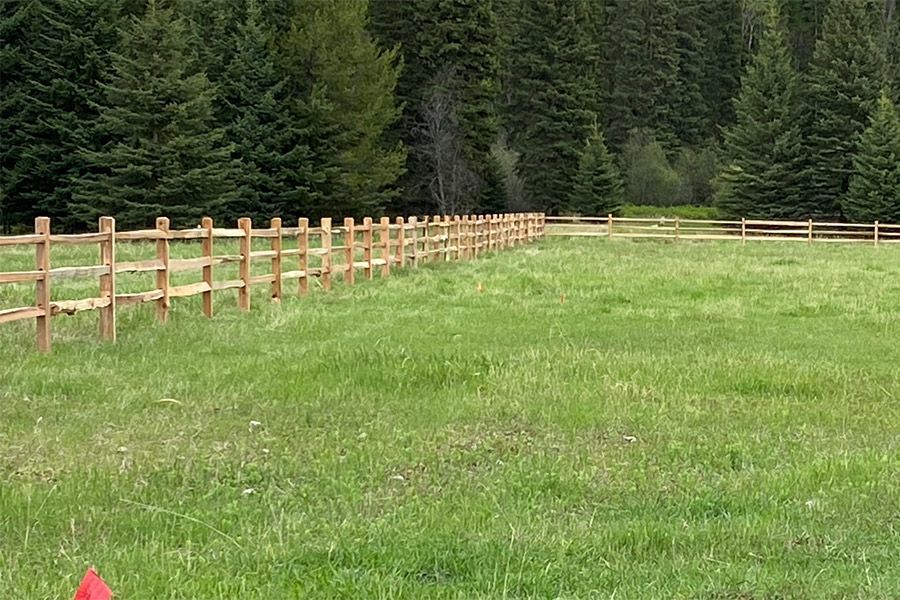Selecting the right fence for your home or business can be tough. Let's compare the benefits of continuous panel fencing versus traditional fencing to help you make the right choice.
Cost and Material Breakdown
When considering fencing, the materials you select will influence both the cost and overall effectiveness:
- Continuous Panel Fencing: Made from welded steel, this type of fencing is built for long-term strength and resilience. Though the upfront cost can be more, it saves money in maintenance down the road.
- Traditional Fencing: Comprising materials like wood, barbed wire, or vinyl, traditional fencing is often cheaper initially, but frequent repairs or replacements can add up over time.
Durability and Maintenance Considerations
For weather resistance and overall wear, here’s how each fencing option stacks up:
- Continuous Panel Fencing: Built for strength, these panels resist damage from livestock and harsh weather conditions. Maintenance is minimal, usually limited to occasional cleaning or rust prevention.
- Traditional Fencing: Prone to weather-related wear, wood fences can rot, while barbed wire and vinyl can break or degrade over time. Regular upkeep is often necessary to maintain functionality and appearance.

Aesthetic Differences
How your fence looks can impact your property’s aesthetic:
- Continuous Panel Fencing: Featuring a contemporary and sleek design, continuous panel fencing suits both residential and agricultural settings. It’s customizable with various finishes and additions.
- Traditional Fencing: Traditional wood and vinyl fences bring a rustic, timeless look, while barbed wire tends to prioritize function over style.
Which Fencing is Best for Your Needs?
The purpose of your fence will dictate which type is most suitable:
- Continuous Panel Fencing: Perfect for securing livestock, delineating property boundaries, and in areas where high durability is essential.
- Traditional Fencing: Works well for smaller enclosures, decorative purposes, or areas with limited budget constraints.
Conclusion: Making an Informed Decision
When choosing between continuous panel fencing and traditional fencing, consider your priorities:
- For long-term durability and low maintenance, continuous panel fencing is the obvious choice.
- For a more budget-friendly or decorative option, traditional fencing could be the more cost-effective and decorative solution.
Assess your needs, budget, and aesthetic preferences to make the best decision for your property.